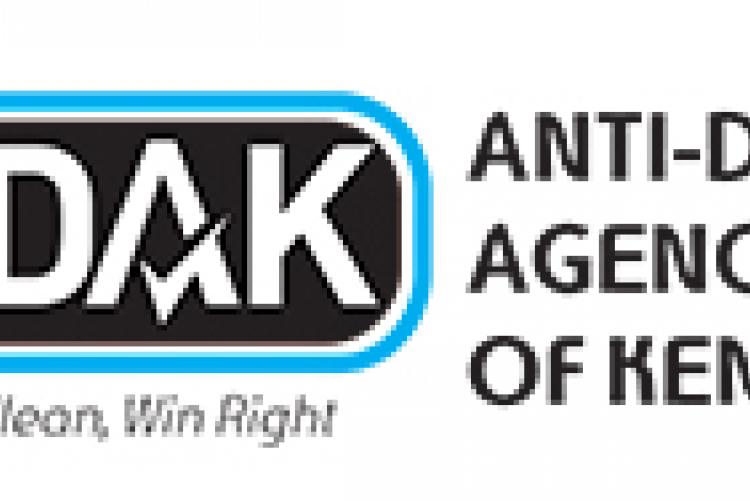The World Anti-Doping Agency (WADA) published the 2021 List of Prohibited Substances and Methods (List) The 2021 List, which has been redesigned in order to improve navigation and usability for athletes and their support personnel, was approved by WADA’s Executive Committee (ExCo) during its meeting on 14-15 September 2020 and comes into force on 1 January 2021
The List is one of the International Standards that are mandatory for all Signatories of the World Anti-Doping Code (Code). It designates what substances and methods are prohibited both in- and out-of-competition and which substances are banned in particular sports.
Major Modifications
As it relates to modifications, the major ones are outlined below:
- Substances of abuse: During the two-year review process for the 2021 version of the Code, WADA received considerable stakeholder feedback related to substances of abuse where it was felt that the use of some substances included in the List was often unrelated to sport performance. Accordingly, Article 4.2.3 was added to the Code, and cocaine, diamorphine (heroin), methylenedioxymethamphetamine (MDMA/“ecstasy”) and tetrahydrocannabinol (THC) have been identified as substances of abuse in the 2021 List. This means that if an athlete can demonstrate that the use of any of these four substances was out-of-competition and unrelated to sport performance, the suspension imposed will now be three months and may be reduced to one month if the athlete completes a drug rehabilitation program.
- Prohibited Method M2.2: Chemical and physical manipulation: In accordance with the newly introduced Article 4.2.2 in the 2021 Code, it will now be possible to identify a prohibited method as “specified”. Accordingly, intravenous infusions and/or injections of more than a total of 100 mL per 12-hour period, except for those legitimately received in the course of hospital treatments, surgical procedures or clinical diagnostic investigations, have now been classified as “specified”. This means that an athlete may receive a reduced sanction if it can be proven that this method was not used for doping purposes.
Source: https://www.kru.co.ke/
The World Anti-Doping Agency (WADA) published the 2021 List of Prohibited Substances and Methods (List) The 2021 List, which has been redesigned in order to improve navigation and usability for athletes and their support personnel, was approved by WADA’s Executive Committee (ExCo) during its meeting on 14-15 September 2020 and comes into force on 1 January 2021
The List is one of the International Standards that are mandatory for all Signatories of the World Anti-Doping Code (Code). It designates what substances and methods are prohibited both in- and out-of-competition and which substances are banned in particular sports.
Major Modifications
As it relates to modifications, the major ones are outlined below:
- Substances of abuse: During the two-year review process for the 2021 version of the Code, WADA received considerable stakeholder feedback related to substances of abuse where it was felt that the use of some substances included in the List was often unrelated to sport performance. Accordingly, Article 4.2.3 was added to the Code, and cocaine, diamorphine (heroin), methylenedioxymethamphetamine (MDMA/“ecstasy”) and tetrahydrocannabinol (THC) have been identified as substances of abuse in the 2021 List. This means that if an athlete can demonstrate that the use of any of these four substances was out-of-competition and unrelated to sport performance, the suspension imposed will now be three months and may be reduced to one month if the athlete completes a drug rehabilitation program.
- Prohibited Method M2.2: Chemical and physical manipulation: In accordance with the newly introduced Article 4.2.2 in the 2021 Code, it will now be possible to identify a prohibited method as “specified”. Accordingly, intravenous infusions and/or injections of more than a total of 100 mL per 12-hour period, except for those legitimately received in the course of hospital treatments, surgical procedures or clinical diagnostic investigations, have now been classified as “specified”. This means that an athlete may receive a reduced sanction if it can be proven that this method was not used for doping purposes.
Source: https://www.kru.co.ke/
- Log in to post comments

